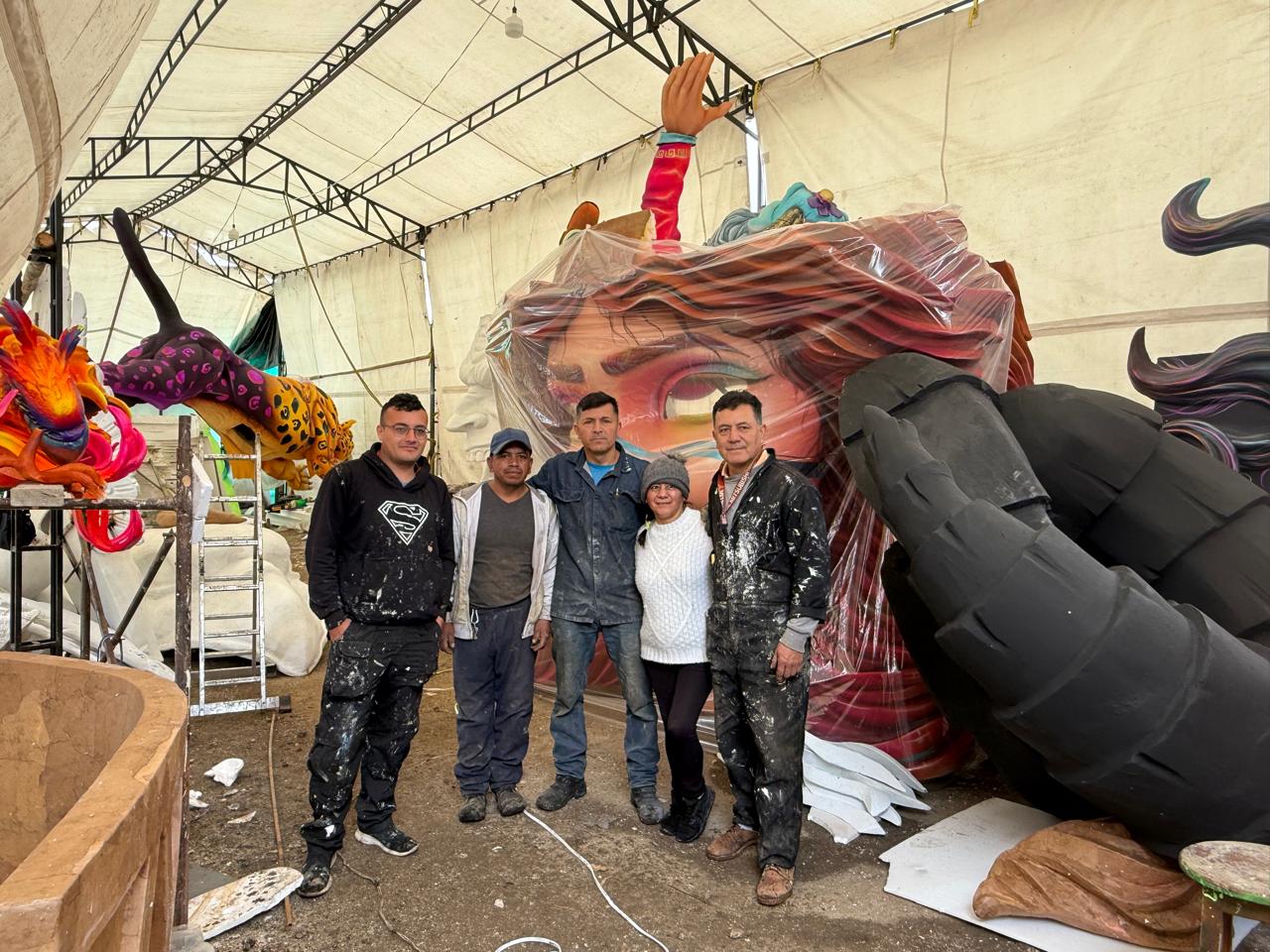
Why does Hispanic Heritage Month start in mid-September?
This is the case of the Hispanic Heritage celebration in the United States that takes place between September 15 and October 15.
Hispanic Heritage Month, which runs from Sept. 15 to Oct. 15 of each year, celebrates communities that have roots in Mexico, Central America, parts of the Caribbean, South America, and Spain. An entire month is dedicated to exalting the contributions made by Latinos to culture, science, economics, sports and politics in the land of the free.
The Latino community is a major, growing multiracial group in the general population of the United States, which reached the significant figure of 62.1 million inhabitants in the 2020 census. That is now 18% of the total U.S. population. It is one of the fastest growing demographics in the United States, increasing by 23% from 2010.
To get an idea of the exponential leap for Hispanics, it is suffice to say that the other groups only grew by 4.3% according to demographics. Likewise, between 2010 and 2020, 51.1%, a little more than half of the population growth in the United States, was due to gains in the Hispanic community.
RELATED CONTENT
Why is it not celebrated at the beginning of the month? The answer is thanks to a nod the United States makes to the numerous independence anniversaries that several Latin American countries celebrate on the eve of Sept. 15, such as Costa Rica, El Salvador, Guatemala, Honduras, Haiti and Nicaragua. Mexico also celebrates its independence on Sept. 16 and Chile does so on Sept. 18.
The tradition, which began in 1968 when President Lyndon B. Johnson signed a law supporting the celebration of a “National Hispanic Heritage Week,” is a way of recognizing the legacy of the Latino community and, as stated in the opening statement, highlights the "great contribution to our national heritage made by our people of Hispanic descent, not only in the fields of culture, business and science, but also through their courage in battle."
This effort, which called for greater inclusion and political representation for the Hispanic community, as well as greater cultural and social recognition, led to a month-long celebration thanks to the declaration of Hispanic Heritage Month during Ronald Reagan’s administration.
"We want the public to know that we share a legacy with the rest of the country, a legacy that includes artists, writers, Olympic champions, and leaders in business, government, film, and science," said Esteban Torres, a California congressman, at the time, who introduced the bill to get the entire month in honor of the Latino communities that have settled in the United States.
In addition to a program that extends to different spheres of North American society, where homage is paid to the diverse cultural expressions of Latino communities and the value they add to the cultural fabric of the United States, Hispanic Heritage Month also reminds us of the value the group contributed to the construction of the nation.
To give it the historical and cultural relevance it deserves, the Smithsonian, among other museums, have created dynamics through their virtual platforms that invite users, Hispanic or non-Hispanic, to discover the origins of the community in the United States and recognize the stories of those Latino patriots who have been part of the creation of the most powerful country in the world.
According to Pew Research Center data: The U.S. Hispanic population reached 62.1 million in 2020, up from 50.5 million in 2010. The 23% increase in the Hispanic population was faster than the nation’s growth rate (+7%), but a slower increase than growth in the Asian population (+36%). In 2020, Hispanics made up nearly one-in-five people in the U.S. (19%), up from 16% in 2010 and just 5% in 1970.
For more information: click here











LEAVE A COMMENT: